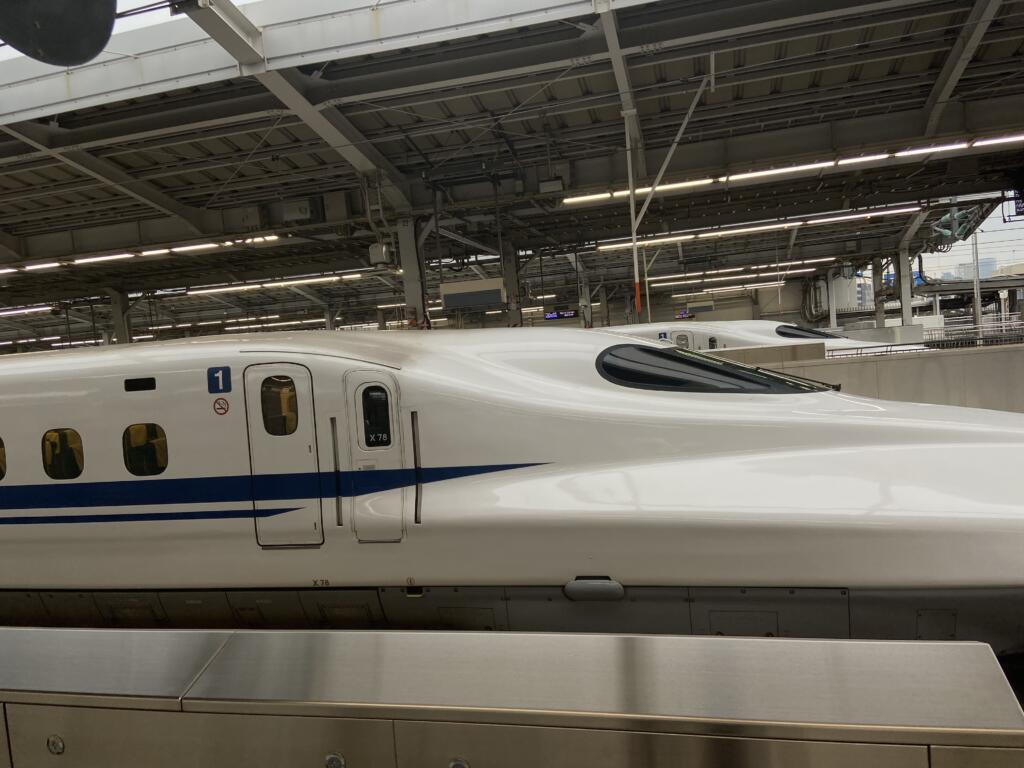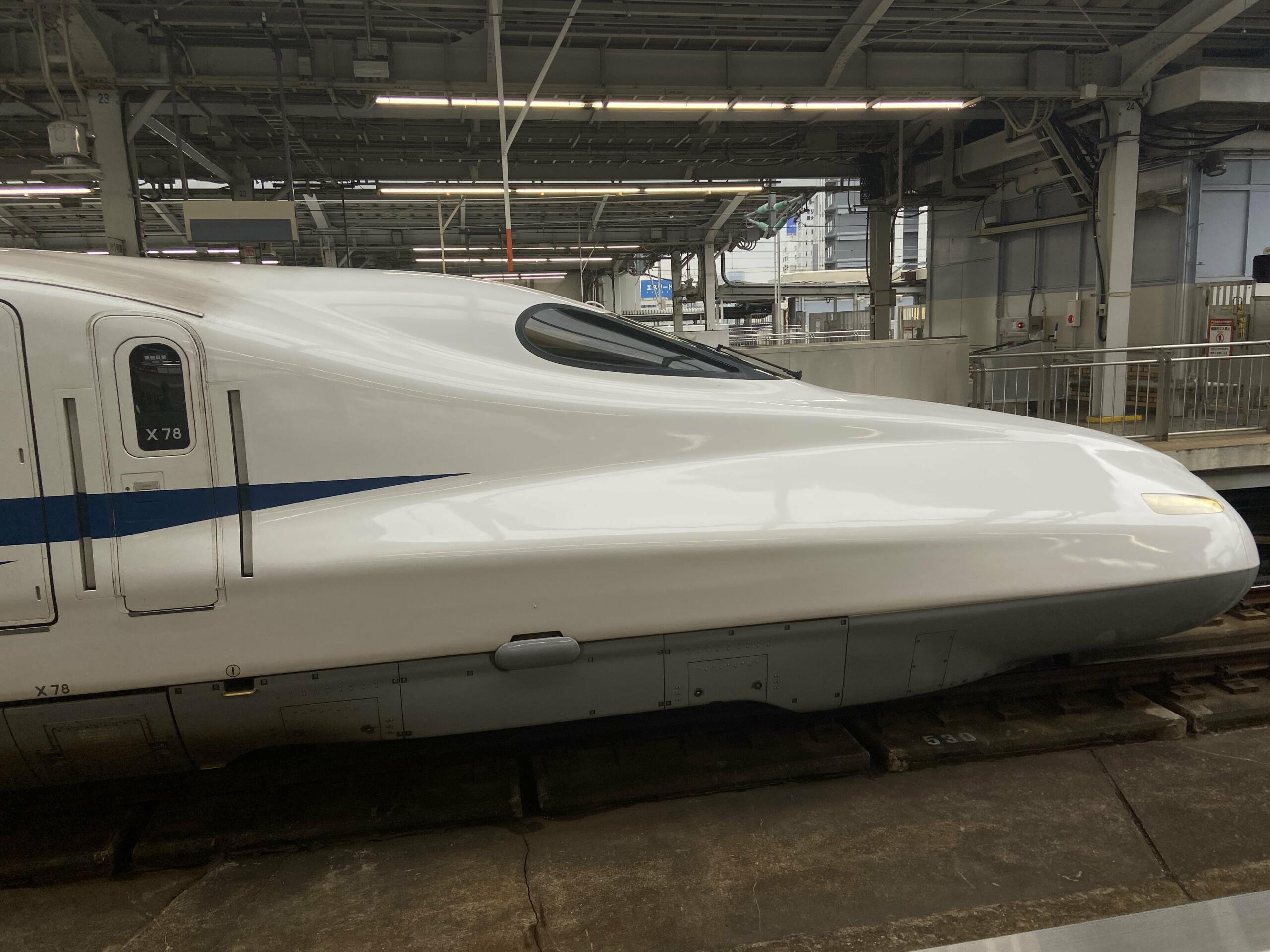Japan has had regular high speed rail for commuting betweens its cities for decades. N700A trains can reach 285 km/h (177 mph) on 3,000 m (9,843 ft) curves, allowing the maximum operating speed to be raised to 285 km/h (177 mph). All N700 series were upgraded to N700A but there have been new N700S being added for the last three years.
The N700S can reach speeds of 226 mph. The N700S has better braking systems enable shorter braking distances in emergencies such as earthquakes. The traction system uses silicon carbide components, and uses 7% less power than the N700A series.








Brian Wang is a Futurist Thought Leader and a popular Science blogger with 1 million readers per month. His blog Nextbigfuture.com is ranked #1 Science News Blog. It covers many disruptive technology and trends including Space, Robotics, Artificial Intelligence, Medicine, Anti-aging Biotechnology, and Nanotechnology.
Known for identifying cutting edge technologies, he is currently a Co-Founder of a startup and fundraiser for high potential early-stage companies. He is the Head of Research for Allocations for deep technology investments and an Angel Investor at Space Angels.
A frequent speaker at corporations, he has been a TEDx speaker, a Singularity University speaker and guest at numerous interviews for radio and podcasts. He is open to public speaking and advising engagements.


It would be interesting having a number for maintenance intervals on high speed track (~20-25yrs for railway tracks, while with ‘low’ speed trains there are even numbers from 30(-60yrs) until renewal, while strongly top speed dependent)?
Since opening, ~5decades ago, Shinkansen railway system has been carrying/transporting ~6.4billion passengers.
Wondering if wear analysis (not only system errors/fault management) is supported from KI or other computational analysis support with modernized trains on these speeds (mentioned number for electricity collector renewal ~3days) and with climate temperatures getting higher on average over years?
Kinda slow, isn’t it ?
German ICE runs up to 313 km/h from Cologne to Frankfort airport.
We are putting a train here in Vegas,from LA,not as fast, but fast. Plus less traffic.
You never hear about Boring co.
It’s a wondrous thing. Probably the most effective alternative to short haul flights and extended distance commuter traffic anywhere in the world – though not sure it can be afforded as a daily thing by the average population. Also, Japan has an especially non-NIMBY culture – these Shinkansen trains go through downtowns (though elevated), farmer’s fields, and gated suburban communities (such as they exist). To be riding this thing at 200km/h running through a city a couple dozen feet from apartment block windows was very jarring. And the timing is impeccable – I would more likely think that my iPhone clock was wrong than question whether one of these trains was running late. Probably very few places in the rich, westernized world where this would make sense — DC — NY — Boston?
It will still continue to run at a loss, though. The faster the trains run, the faster they pile up debt.
Perhaps.
But One could say that nearly every road, interstate, city bus line, subway, most passenger rail, and other means of ‘shared transport’ are a gaping cash hole. In an ideal world One would pay a toll to the actual, partial cost of One’s road use, once entered from One’s property, for its upkeep in exchange for not paying taxes that would otherwise cover that. It would be an interesting calculation on what roads would be kept, who could live where, and how One would benefit from that cost ‘transparency’.
It will use 7% less power for the same speed, it will use more than double the power. Japan uses coal and gas.